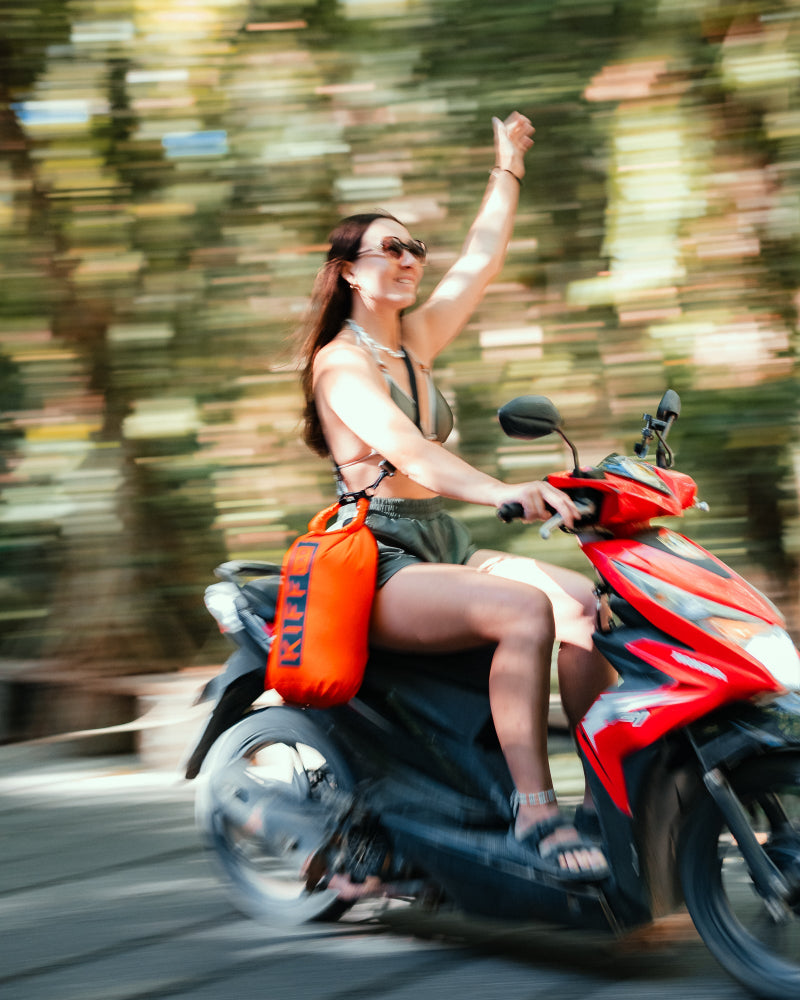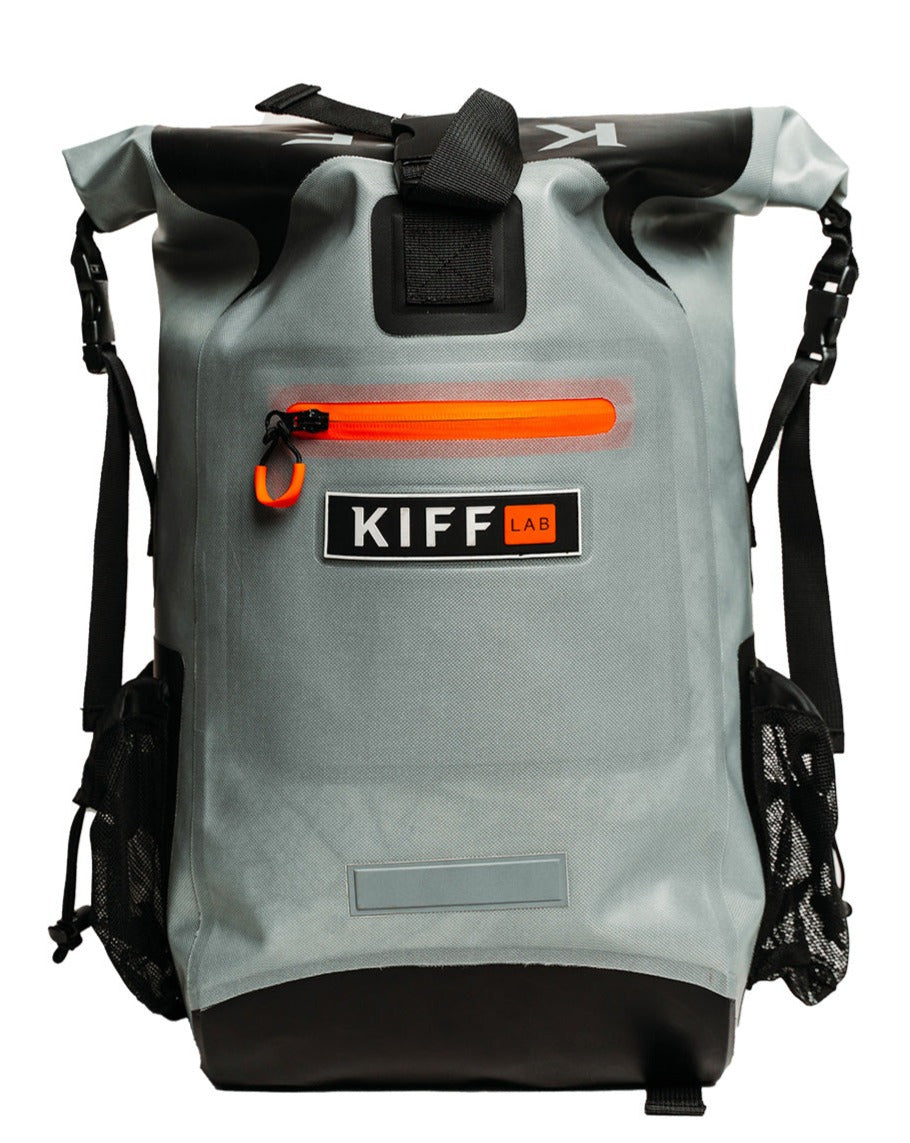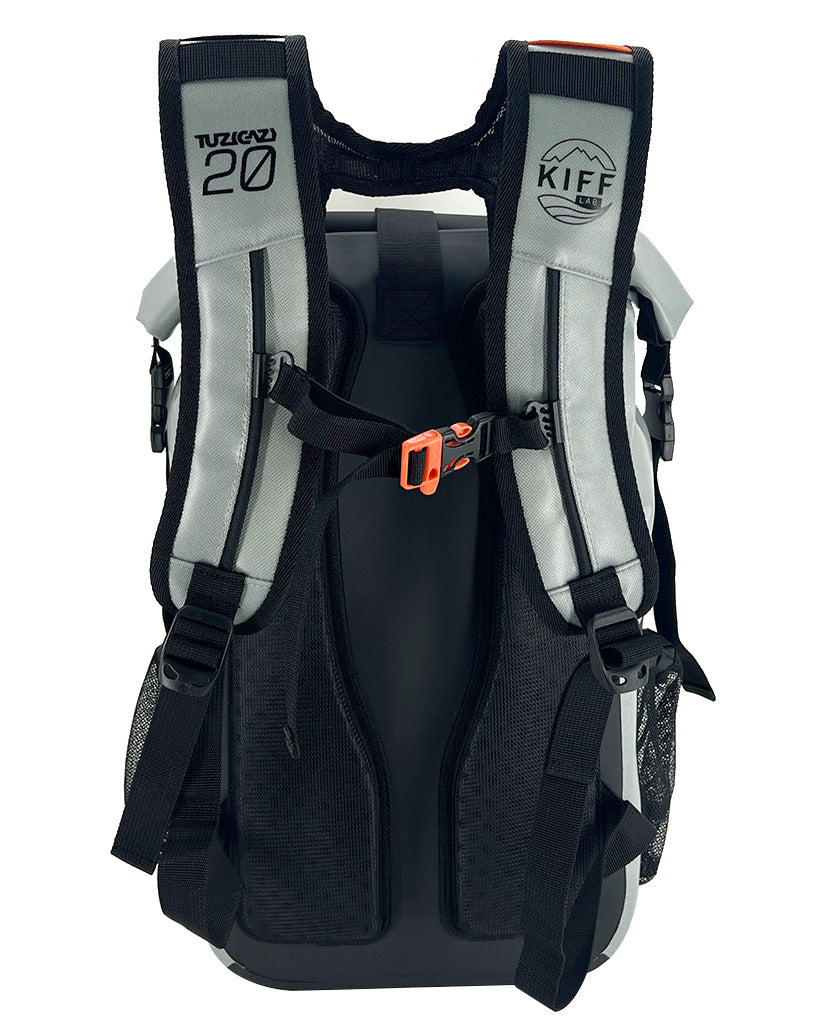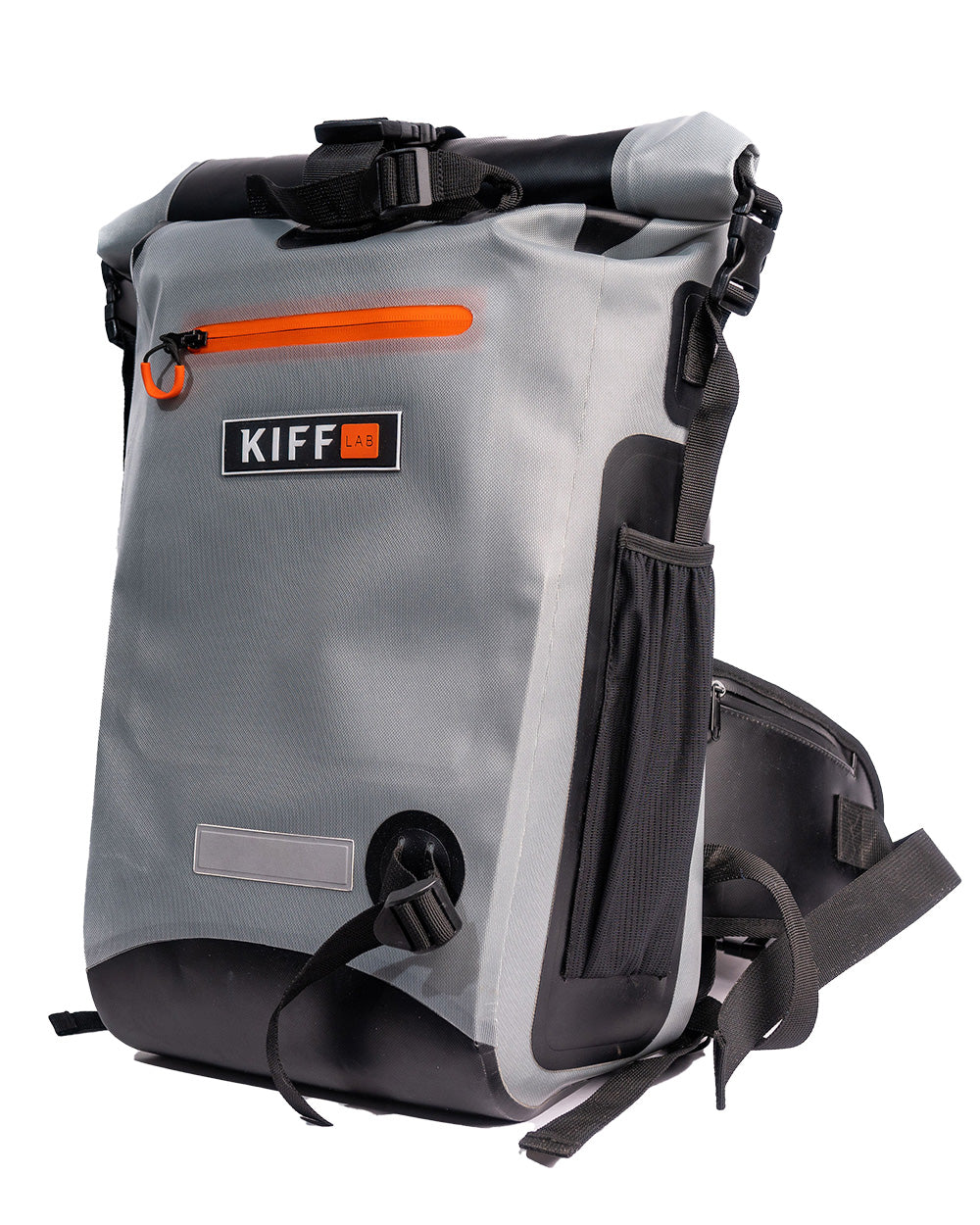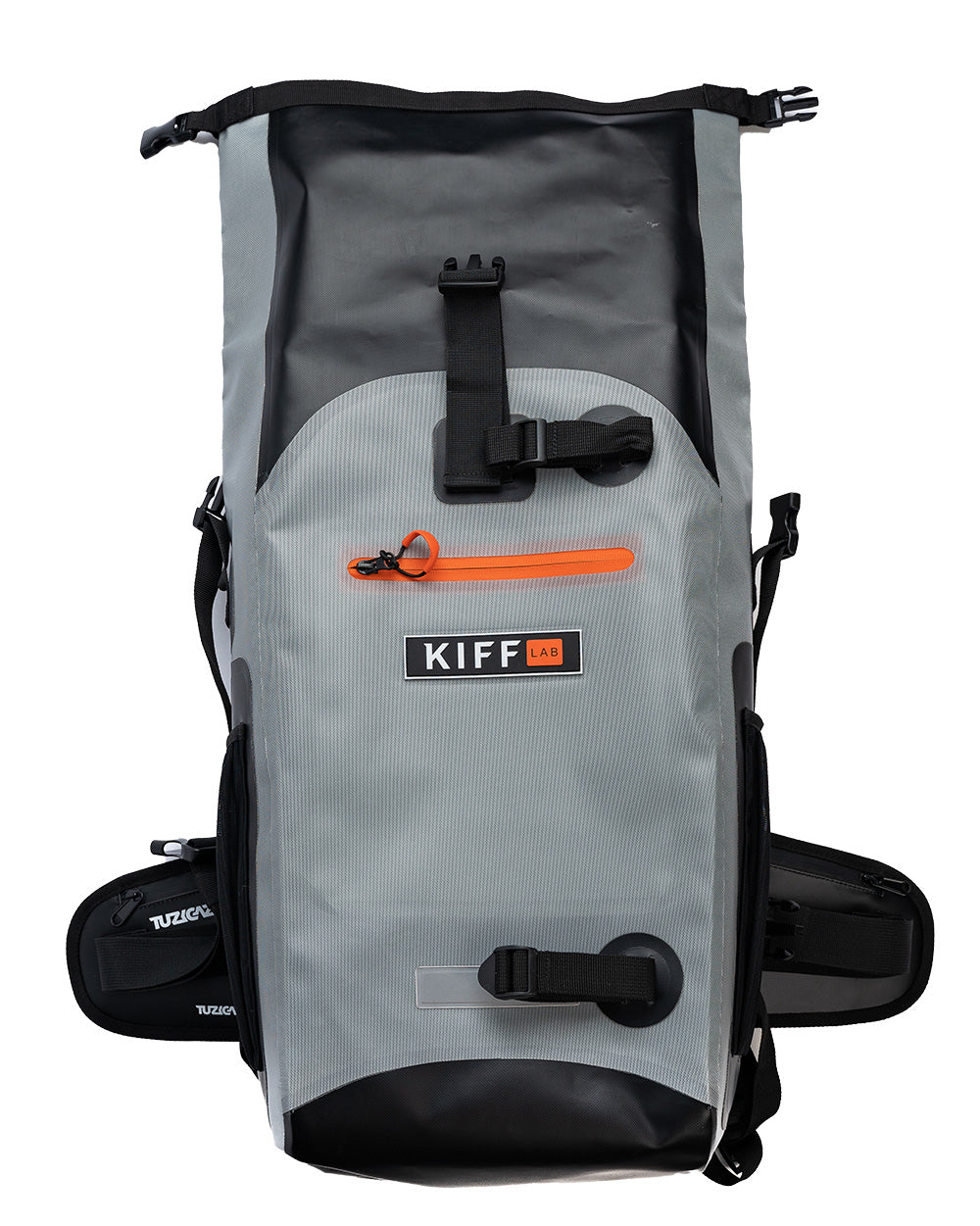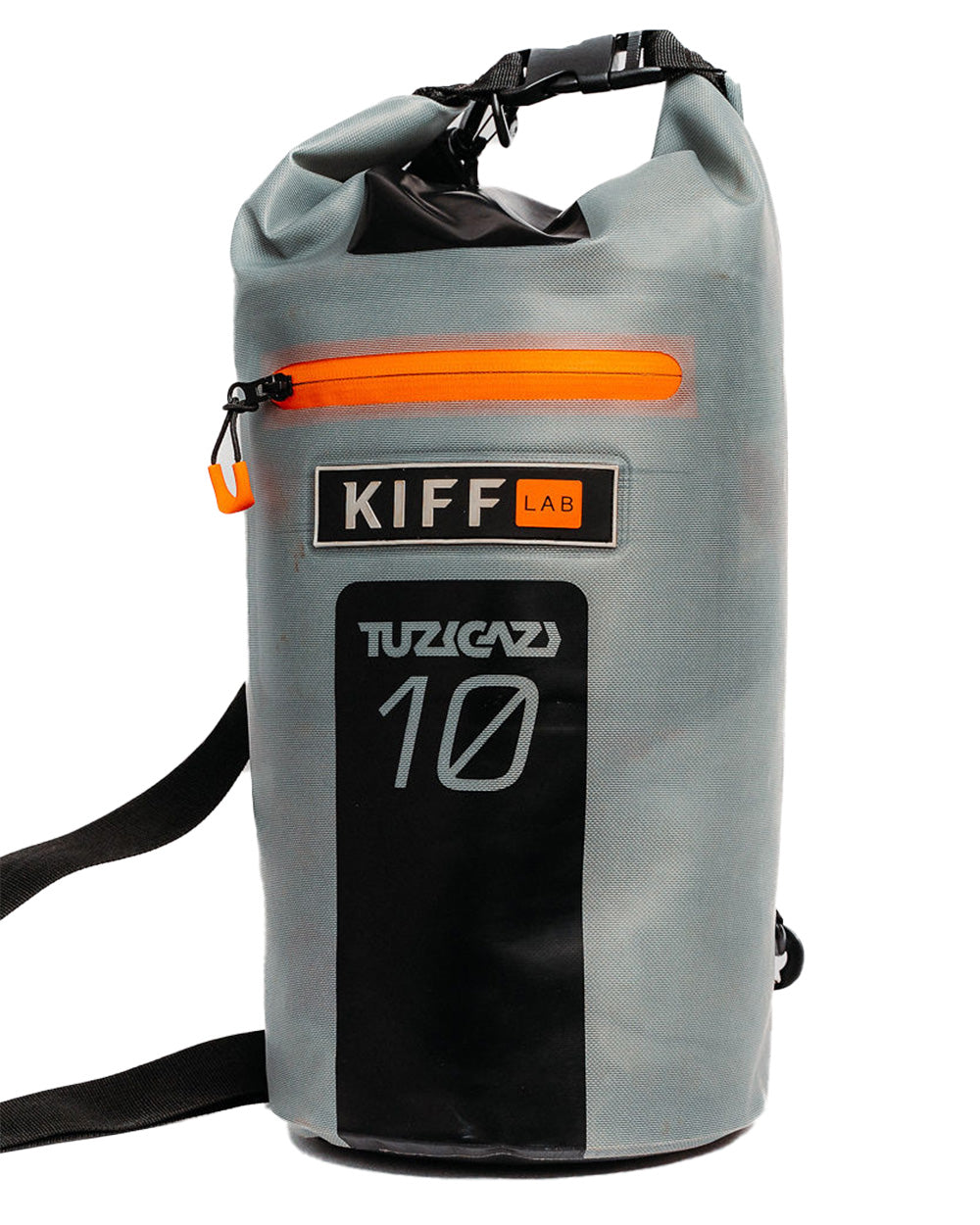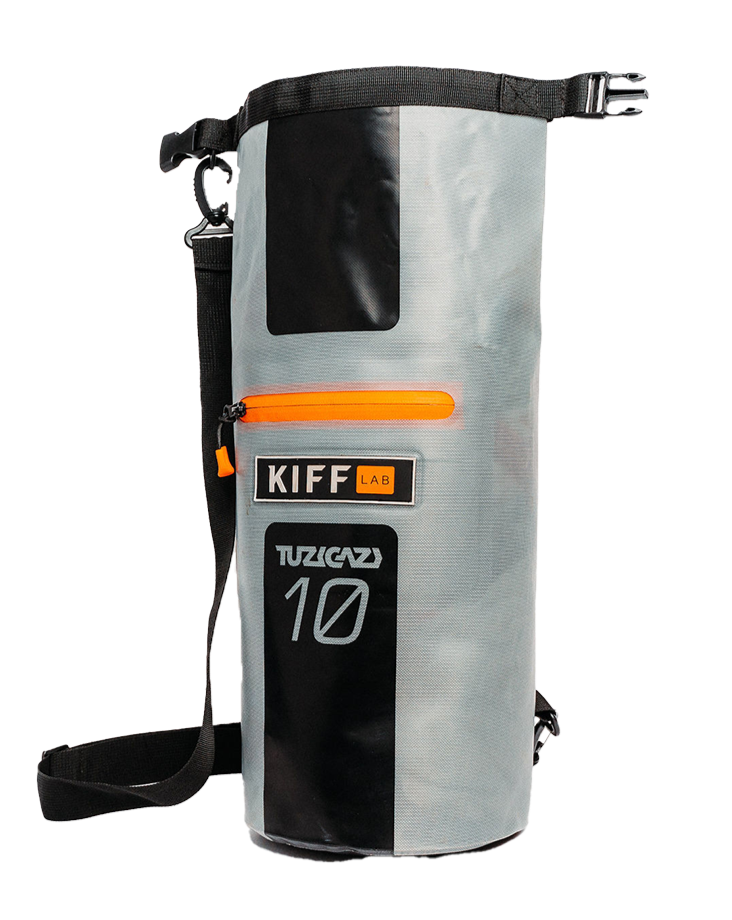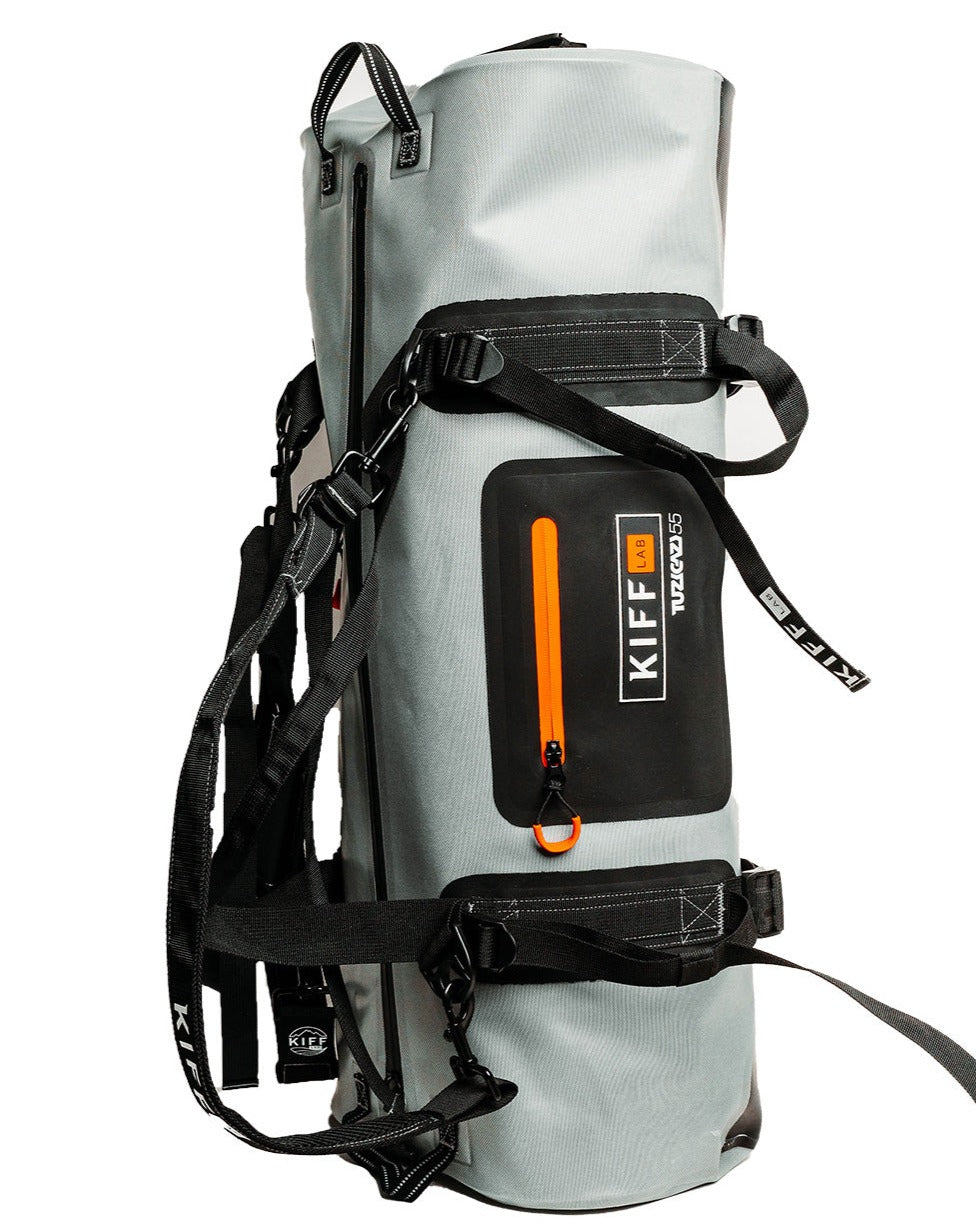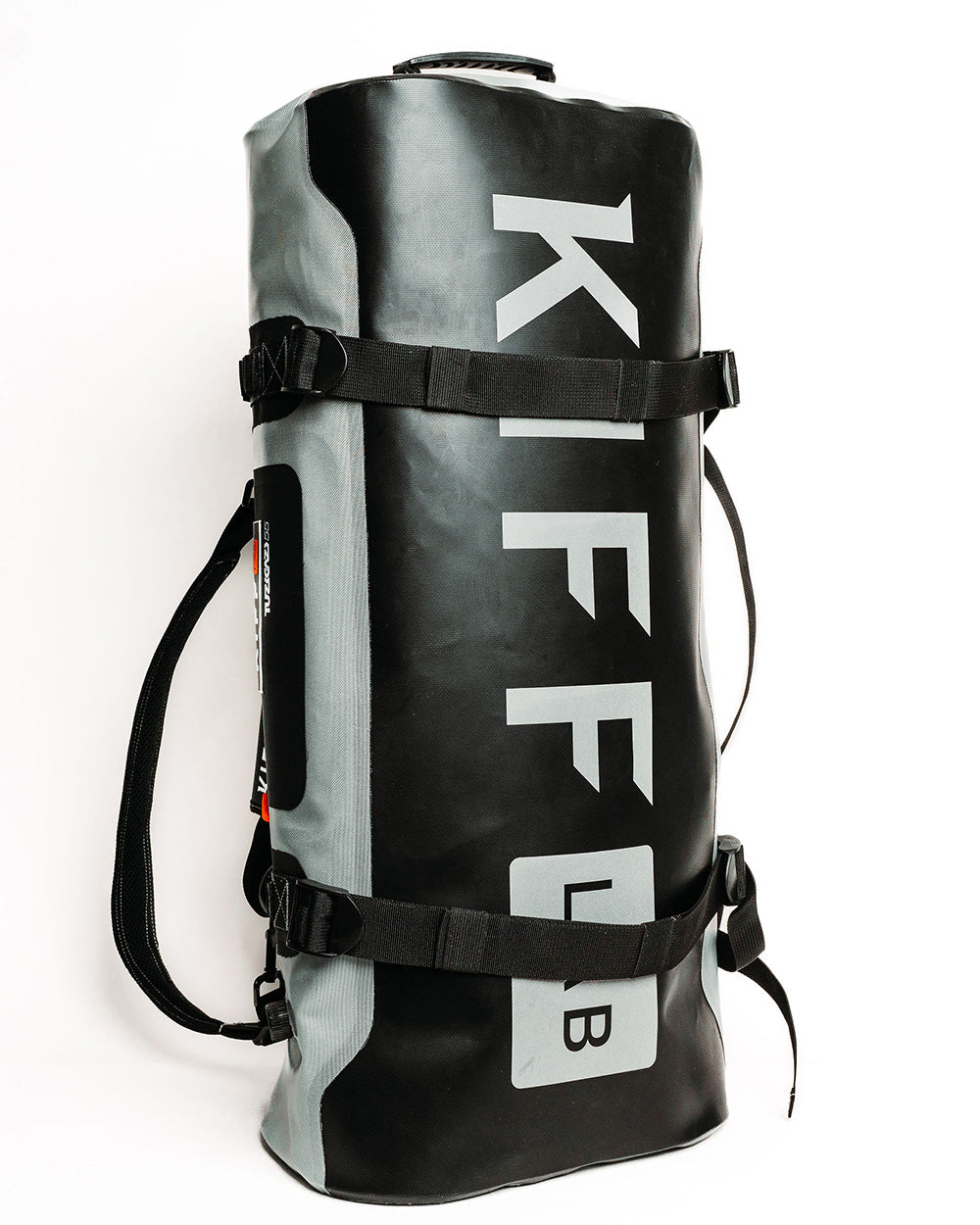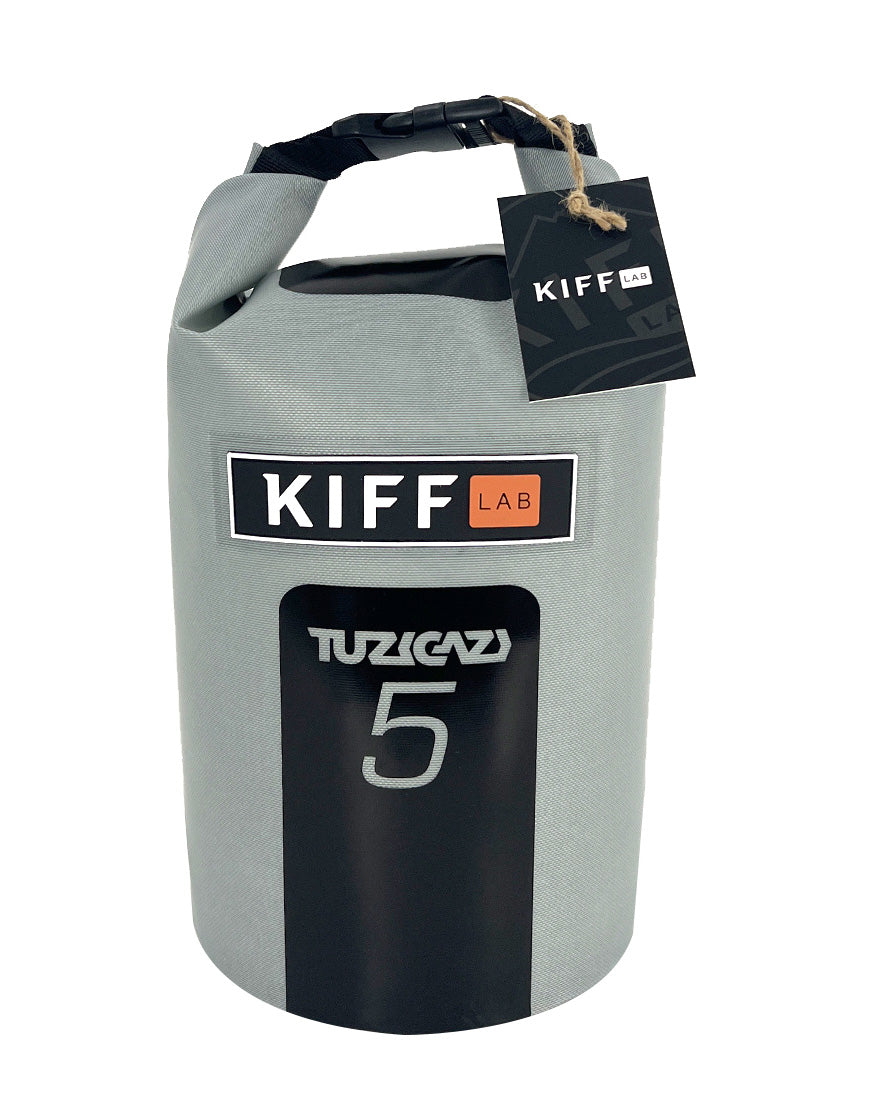Ultimate Guide: Why Dry Bags Are a Festival Game-Changer
Whether you're raving at Coachella, camping at Glastonbury, or dancing through a rainy evening at Shambhala, one thing's for sure - weather is unpredictable, and rain, mud and dust waits for no one. This is where dry bags step in as a true festival essential. In this guide, we’ll break down exactly why dry bags and waterproof backpacks are better than your average backpack or tote, how to choose the right one, how to pack it properly, and how they protect your gear in all conditions.

Why Dry Bags Belong at Every Festival
Dry bags are no longer just for kayakers and hikers. These waterproof, dustproof, and mud-proof carry-alls have become a cult favorite among seasoned festival-goers. Here's why:
1. Total Waterproof Protection
Most major music festivals face unpredictable weather. For example:
In 2023, Glastonbury saw over 50mm of rain in 2 days.
Burning Man 2023 was hit by an unexpected storm that stranded attendees in the mud.
Dry bags are typically made with heavy-duty, waterproof materials like TPU-laminated nylon or tarpaulin. Their roll-top seal keeps out water, mud, and even dust-perfect for both muddy fields and desert festivals.
2. Multi-Purpose Gear
Use your dry bag as:
A backpack by day
A seat or pillow at night
A waterproof liner for other bags
A portable laundry bag for sweaty or wet clothes
3. Better Than Regular Backpacks
Most regular backpacks:
Aren’t waterproof
Have zippers that jam or leak
Can’t stand up to spilled drinks or sudden showers
Dry bags win on durability, simplicity, and weatherproofing.
4. Protect Valuables From Theft & Damage
Dry bags aren’t just waterproof - they’re tamper-resistant. The roll-top design is harder to access quickly than a zipper, which helps deter theft. Some even come with lockable clips.
5. Easy to Clean
After the festival, hose it down, air dry, and it’s good to go again. Unlike canvas or multi-compartment backpacks that trap mud, sand, and odors, dry bags have a smooth interior and minimal seams-making cleanup fast and effortless. This means fewer bacteria buildup, less smell, and longer-lasting gear.
How to Choose the Best Dry Bag for Festivals
Size Guide
5L–10L: Perfect for valuables (wallet, phone, charger)
15L–20L: Day gear (jacket, water bottle, snacks, hat)
30L–40L: Overnight festival pack (clothes, sleeping bag, food)
Material
TPU-coated fabric or ripstop nylon: Lightweight and flexible
PVC tarpaulin: Ultra-durable but heavier
Closure Type
Roll-top with buckle (most common): Great seal, simple to use
Waterproof zipper: More convenient, less common, usually higher priced
Straps & Comfort
Look for backpack-style straps if you'll carry it all day
A padded back panel is a plus for longer treks between campsites and stages
Extra Features
Internal pockets for organization
External mesh for wet items
Transparent window to find gear easily
How to Pack a Dry Bag for Festivals
🏕️ For Camping:
Bottom layer: Sleeping bag, sleeping pad, lightweight tent or tarp
Middle layer: Rolled clothes (separated with dry bag pods or packing cubes)
Top layer: Toiletries, headlamp, chargers, small first aid kit
Side pocket or external mesh: Dirty clothes or shoes (in a plastic bag or compression sack)
Tip: Keep weight balanced and roll tightly to maximize space.
🎟️ For Daily Use at the Festival:
Bottom layer: Folded rain jacket or hoodie
Middle section: Snacks, refillable water bottle, sunglasses case
Top layer: Wallet, phone, charger, sunscreen, small towel or bandana
Easy-access pocket (if available): Festival ticket, ID, lip balm
For both setups, squeeze out extra air before sealing and roll the top at least 3 times to create a watertight seal. Modular systems like removable pods or organizer sleeves make the process smoother.
 Friday morning at Glastonbury 2005, following flash floods the night before. Picture: Alamy
Friday morning at Glastonbury 2005, following flash floods the night before. Picture: Alamy
Weather-Proofing Your Festival Experience
Festival climates vary widely:
UK festivals (Glastonbury, Isle of Wight): Average 36% chance of rain during peak months
US West Coast festivals (Outside Lands, Coachella): Dry, but dust levels can be intense
Canadian fests (Osheaga): Often wet with cool nights
A dry bag doesn't just protect your belongings-it gives you freedom. No more worrying about where to put your wet hoodie, your power bank dying in a rainstorm, or your clothes getting soaked overnight.
Real Talk: What Festival Goers Say
"I used to bring a cute duffel, but after losing half my stuff to rain and mud, I switched to a 35L dry bag-it’s the best decision I’ve made since discovering glitter sunscreen."
"Burning Man's dust destroyed my backpack one year. My KiffLab dry bag? Still going strong."

Photo: Burning Man dust storm 2023
Top Use Cases at Festivals:
Rain Protection: Sudden downpours happen. Your gear stays dry.
Dust Defense: Prevent fine particles from wrecking electronics.
Shower Bag: Carry clothes and toiletries into shared washrooms safely.
Secure Storage: Use lockable carabiners to fasten your bag inside your tent.
Pro Tip: Want the best of both worlds? Get a waterproof backpack with modular inserts-like a cooler pod, camera pod, or dry bag pod.
KiffLab’s Dry Bags are designed for durability, comfort, and sustainability-whether you’re crossing rivers or dancing in the rain.
👉 Explore our festival-ready waterproof gear: www.kifflab.com


